#medieval architecture
Text
Cathedral bones
I shared photos of some clashing architectural elements from Worcester Cathedral. Mostly everyone could see that something was clearly not right and wildly misplaced. Below is a diagram of the key structural pieces of a Gothic cathedral.

Normally, flying buttresses are OUTSIDE, not blazing straight through the triforium and clerestory!
By analysing this diagram and the photos from Worcester we can deduce that that particular part of that now cathedral was added on later. However in an effort to not waste the existing support provided by the flying buttresses, it appears the masons simply added the new sections around them.

There was a time when we didn't simply demolish and build again, but adapted and incorporated. You'd be surprised how often this occurred in the Middle Ages but if you pay attention to the details, you'll start to see the evidence appear.
More examples from Worcester Cathedral to come.
#medieval#art history#architecture#medieval england#medieval architecture#uk#cathedral#gothic cathedral#learn with me
24 notes
·
View notes
Text

Medieval humor. - Abbey of Sainte Foy, Conques, France, c.1050
645 notes
·
View notes
Text

589 notes
·
View notes
Text
Medieval Hermitage atop Katskhi Pillar, in Georgia (South Caucasus), c. 800-900 CE: this church was built during the Middle Ages; it sits atop a limestone column that has been venerated as a "Pillar of Life" for thousands of years
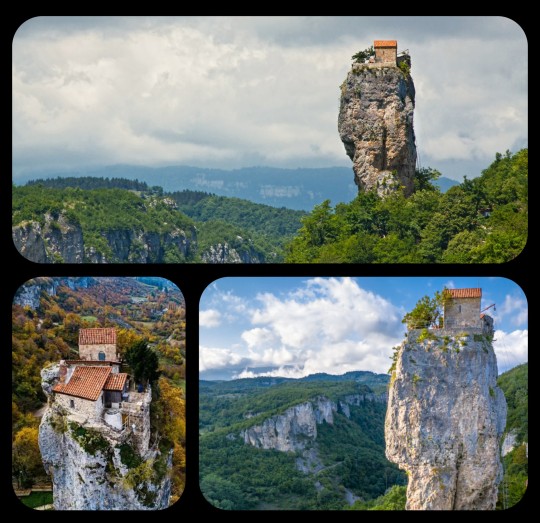
Known as Katskhi Pillar (or Katskhis Sveti), this enormous block of limestone is located in western Georgia, about 10km from the town of Chiatura.
The church that stands atop Katskhi Pillar was originally constructed during the 9th-10th century CE. It was long used as a hermitage for Stylites, who are sometimes referred to as "Pillar Saints" -- Christian ascetics who lived, prayed, and fasted atop pillars, often in total isolation, in an effort to bring themselves closer to God. This tradition originated in Syria during the 5th century CE, when a hermit known as Simeon the Elder purportedly climbed up onto a pillar and then stayed there for nearly 40 years, giving rise (no pun intended) to the Stylites. Stylitism managed to survive for about 1,000 years after its inception, but it gradually began to die out during the late Middle Ages, and by the end of the 16th century, it had essentially gone extinct.
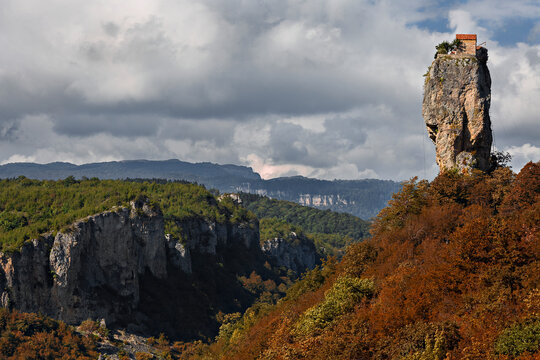
Researchers don't really know how the monks originally gained access to the top of Katskhi Pillar, or how they were able to transport their building materials up to the top of the column. There's evidence that the Stylites were still living at Katskhi Pillar up until the 15th century, but the site was then abandoned shortly thereafter. This was the same period in which Georgia came under Ottoman rule, though it's unclear whether or not that may have played a role in the abandonment of the site.
The hermitage continued to lay abandoned for nearly 500 years after that. No one had been able to gain access to the top of the pillar, and very little was even known about the ruins that lay scattered at the top, as knowledge about the site's origin/history was gradually lost. There are many local legends that emerged as a way to fill in those blanks.
The site was not visited again until July 29th, 1944, when a mountaineer finally ascended to the top of the column with a small team of researchers, and the group performed the first archaeological survey of the ruins. They found that the structure included three hermit cells, a chapel, a wine cellar, and a small crypt; within the crypt lay a single set of human remains, likely belonging to one of the monks who had inhabited the site during the Middle Ages.
A metal ladder (the "stairway to Heaven") was ultimately installed into the side of the pillar, making it much easier for both researchers and tourists to gain access to these ruins.

The hermitage at the top of Katskhi Pillar actually became active again in the early 1990's, when a small group of monks attempted to revive the Stylite tradition. A Georgian Orthodox monk named Maxime Qavtaradze then lived alone at the top of Katskhi Pillar for almost 20 years, beginning in 1995 and ending with his death in 2014. He is now buried at the base of the pillar.
While the hermitage is no longer accessible to the public, and it is currently uninhabited, it's still visited by local monks, who regularly climb up to the church in order to pray. There is also an active monastery complex at the base of the pillar, where a temple known as the Church of the Simeon Stylites is located.

The Church of the Simeon Stylites: this church is located within an active monastery complex that has been built at the base of the pillar; several frescoes and religious icons decorate the walls of the church, and a small shrine containing a 6th century cross is located in the center
There are many lingering questions about the history of Katskhi Pillar, particularly during the pre-Christian era. There is at least some evidence suggesting that it was once the site of votive offerings to pagan deities, as a series of pre-Christian idols have been found buried in the areas that surround the pillar; according to local tradition, the pillar itself was once venerated by the pagan societies that inhabited the area, but it's difficult to determine the extent to which these claims may simply be part of the mythos that surrounds Katskhi Pillar, particularly given its mysterious reputation.
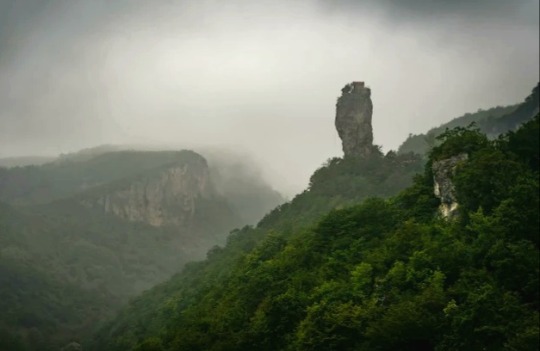
Sources & More Info:
BBC: Georgia's Daring, Death-Defying Pilgrimage
CNN: Katskhi Pillar, the Extraordinary Church where Daring Monks Climb Closer to God
Radio Free Europe: Georgian Monk Renews Tradition, Lives Atop Pillar
Architecture and Asceticism (Ch. 4): Stylitism as a Cultural Trend Between Syria and Georgia
Research Publication from the Georgian National Museum: Katskhi Pillar
Journal of Nomads: Katskhi Pillar, the Most Incredible Cliff Church in the World
Georgian Journal: Georgia's Katskhi Pillar Among World's 20 Wonderfully Serene and Secluded Places
#archaeology#history#anthropology#artifact#medieval architecture#medieval church#Stylites#asceticism#georgia#sakartvelo#katskhi pillar#religion#travel#monastery#paganism#caucasus#medieval europe#christianity#strange places
443 notes
·
View notes
Text

The Hermitage of Saint Gerbold in Normandy, France. Built as a church in the Middle Ages, it was transformed into a hermit's dwelling - a hermitage in the true sense of the word - in the 17th century. The last hermit died in 1840.
149 notes
·
View notes
Text
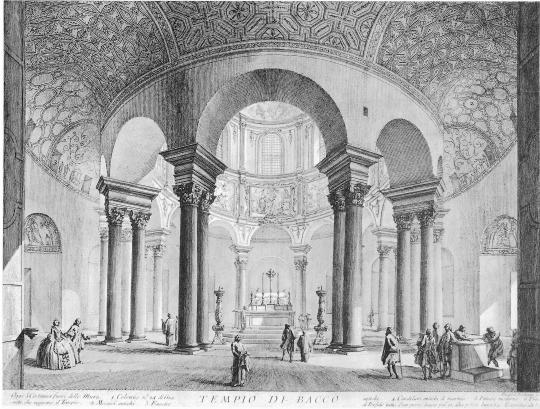
Giovanni Battista Piranesi (Italian, 1720–1778), "View of the interior of the Tomb of Saint Costanza, built by Constantine the Great, and erroneously called the Temple of Bacchus, now the Church of Saint Costaza"
#Giovanni Battista Piranesi#art#drawing#neoclassicism#rome#ancient rome#classical architecture#medieval architecture#columns#18th century art
96 notes
·
View notes
Text

Sacra di San Michele, a 1,000 year old monastery in the mountains of northern Italy.
It is one of the greatest achievements of Medieval architecture, and it inspired Umberto Eco to write The Name of the Rose.
203 notes
·
View notes
Text
I've been away on a bit of a road trip, meeting up with friends and visiting some historic towns in England and Wales.
First stop was Ludlow - a medieval market town in Shropshire. It's in England but close to the Welsh border, and surrounded by beautiful hilly countryside.

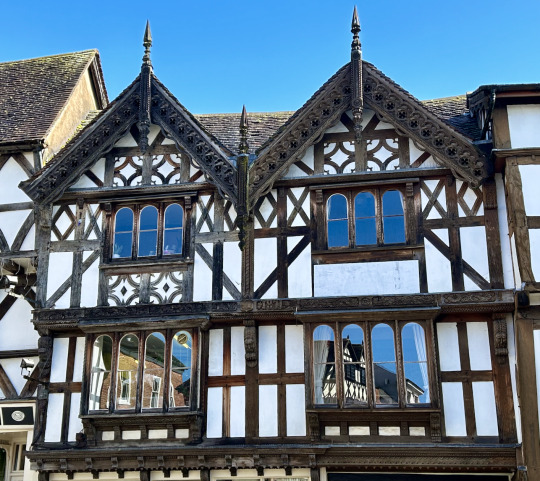
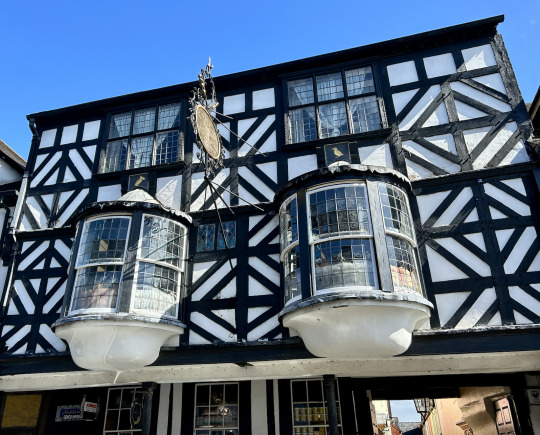
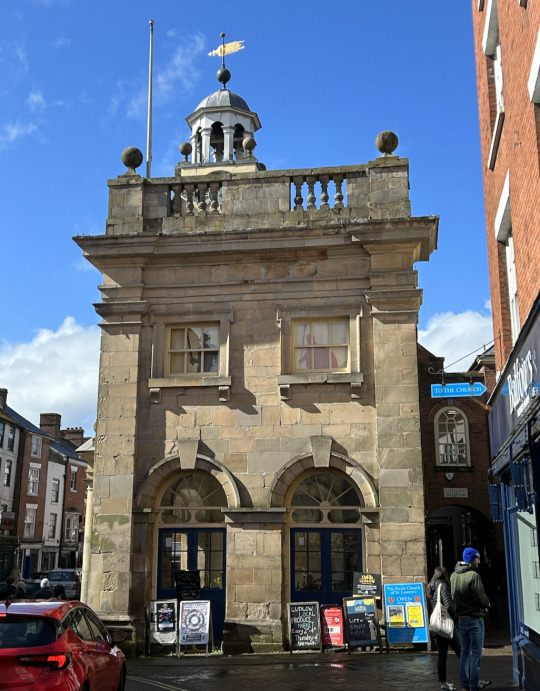
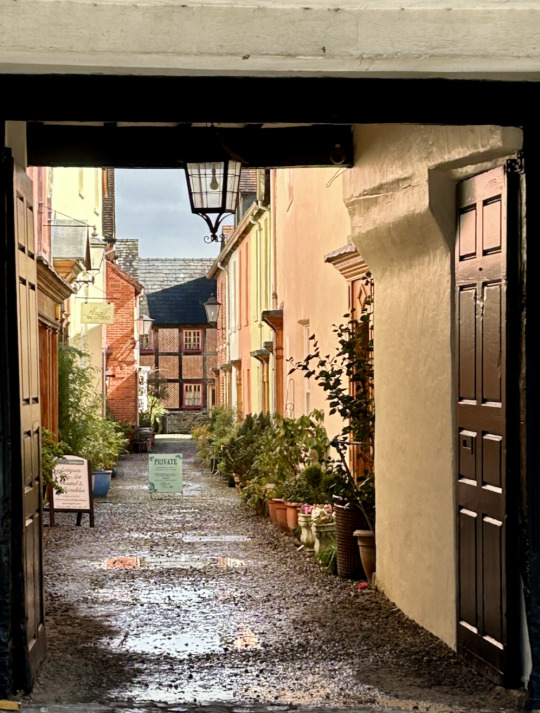

29 notes
·
View notes
Text
Lichfield Cathedral, February 15th 2023. truly a veritable feast for the eye.





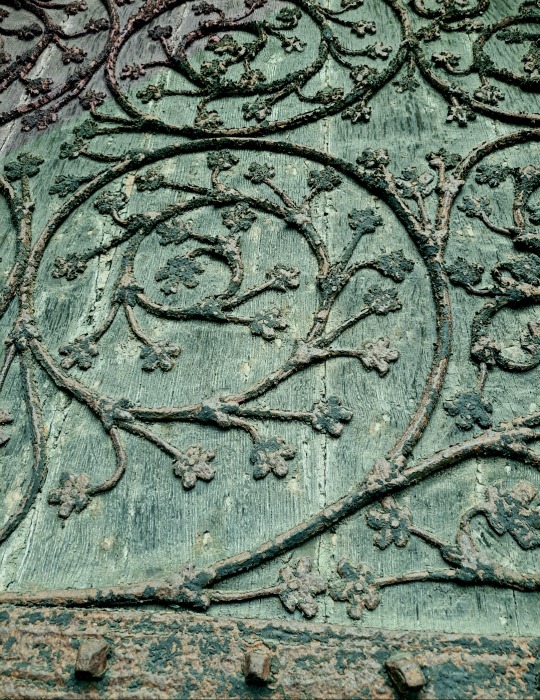
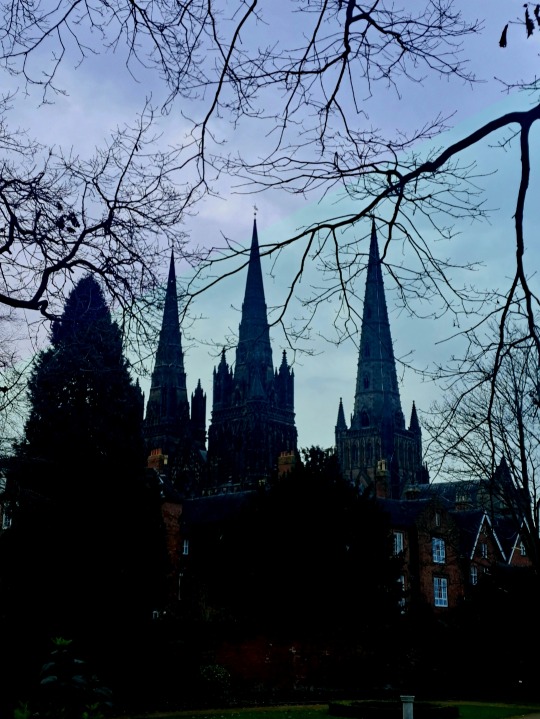
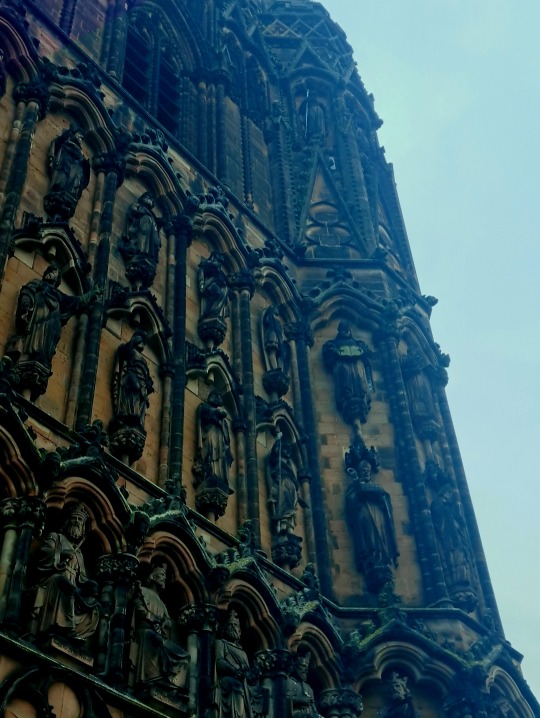
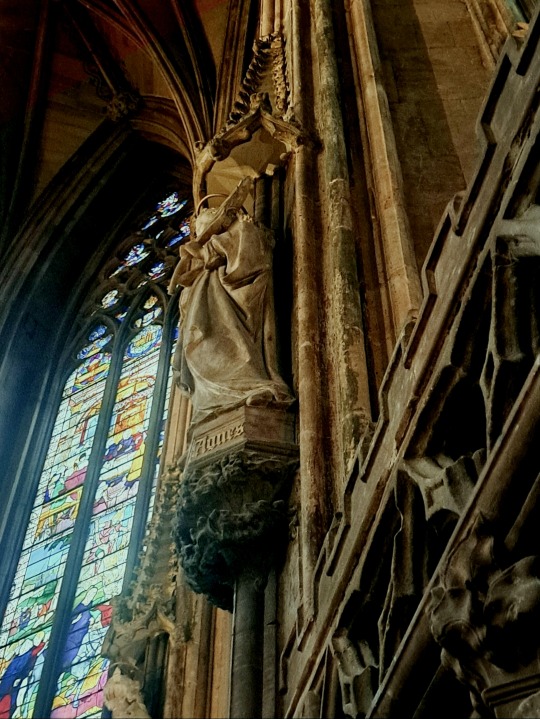
#england#gothic architecture#dark academia#academia aesthetic#architecture#dark acadamia aesthetic#gothic#historic architecture#anglican#history#cathedral#anglo catholic#darkest academia#stained glass#medieval art#medieval#medieval architecture#mediaeval#english history#english architecture#desperately trying to recreate the success of my selby abbey post#aesthetic#moodboards#pilgrimage
287 notes
·
View notes
Text

Bayeux
#bayeux#city shot#city photography#medieval town#architecture#moyen age#france#normandy#french city#medieval architecture#city#old town#normandie
232 notes
·
View notes
Text




Christ Church Cathedral, Dublin.
#christ church cathedral#dublin#ireland#catholiscism#christianity#stained glass#stained glass window#p#my photography#medieval architecture#medieval church
154 notes
·
View notes
Text
Return of the weird
I've spent that past few years writing a lot but not about things I am very passionate about. I can get myself interested and excited, write some over businessy marketing jargon and create "value propositions & narratives" etc but in the end it's not very exciting.
When I started this blog 13 years ago, I started off being my incredibly weird and art history nerdy self. I wrote about pieces of art and places that I liked giving my own thoughts and opinions while hoping to educate a bit at the same time. Through that, Tumblr gave me a chance to be featured and the blog grew exponentially.
I am ready for the weird to return.
I have come to the conclusion that monetizing and living off my blog & art history passion solely just isn't feasible. (The world is upside down, we pay tech astronomical salaries and educators pennies....) So I am going full weird. I am going full nerd. I will share places I've been, art & architecture I like and historical books I am reading or have read. I started that way and then became very aware of needing a "brand" or a more serious online persona.
Prepare yourselves... THE NERD IS HAS RETURNED
38 notes
·
View notes
Text
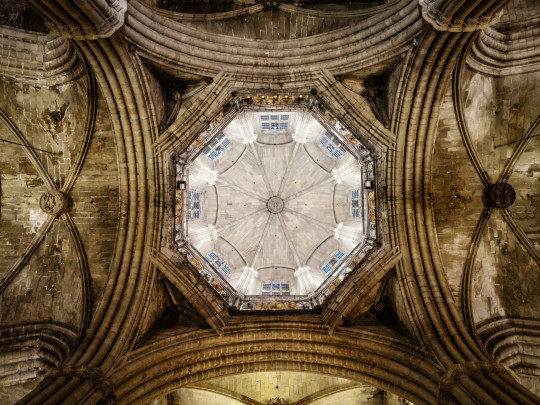




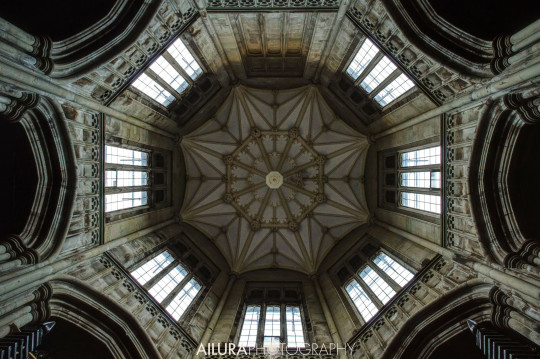
Gothic ceiling eye candy...
When shooting architecture, don't forget to look up!!
⛪ St Eulalia Cathedral and Sagrada Familia, Barcelona
⛪ St Mary's Basilica and St Joseph's Church, Kraków
⛪ York Minster
⛪ Margam Castle, Port Talbot
All my pics 📸
#gothic#gothic architecture#vaulted ceilings#cathedral#castle#medieval core#medieval aesthetic#medieval architecture#church#christianity#original photographers#photographers on tumblr#my photos#travel photography#photography#architectural photography#barcelona#krakow#york#york minster#wales#south wales#margam
60 notes
·
View notes
Text

466 notes
·
View notes
Text


An art style study I did on Studio Ghibli, featuring my OCs. Ghibli contrasts simple character design with its detailed worlds, so this piece was 90% background painting lol.
Given Miyazaki's philosophy of drawing inspiration from real life, I decided to depict a more everyday, town life scene.
Ghibli faces have taller proportions. The lower line of the eyes are often dotted, and the nose placed higher up on the face.
Characters, Artwork © EerieAyres
#artists on tumblr#studio ghibli#hayao miyazaki#art style challenge#art challenge#original character#ghibli#miyazaki#howls moving castle#kikis delivery service#princess mononoke#spirited away#totoro#cell shading#cell shaded#medieval town#medieval architecture#art study#art style#my art
21 notes
·
View notes
Text


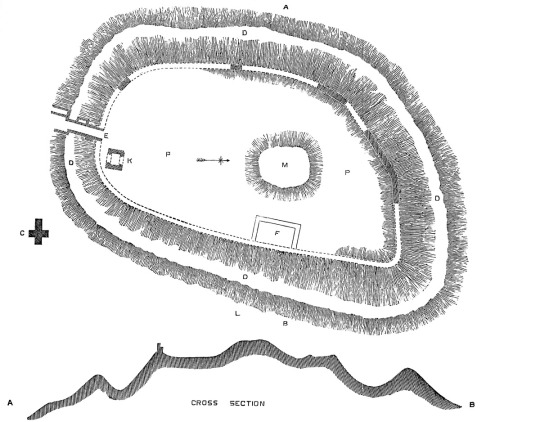
Mediæval Military Architecture in England, by George Thomas Clark
#architecture#urbanism#military#military architecture#England#medieval#medieval architecture#George Thomas Clark
22 notes
·
View notes